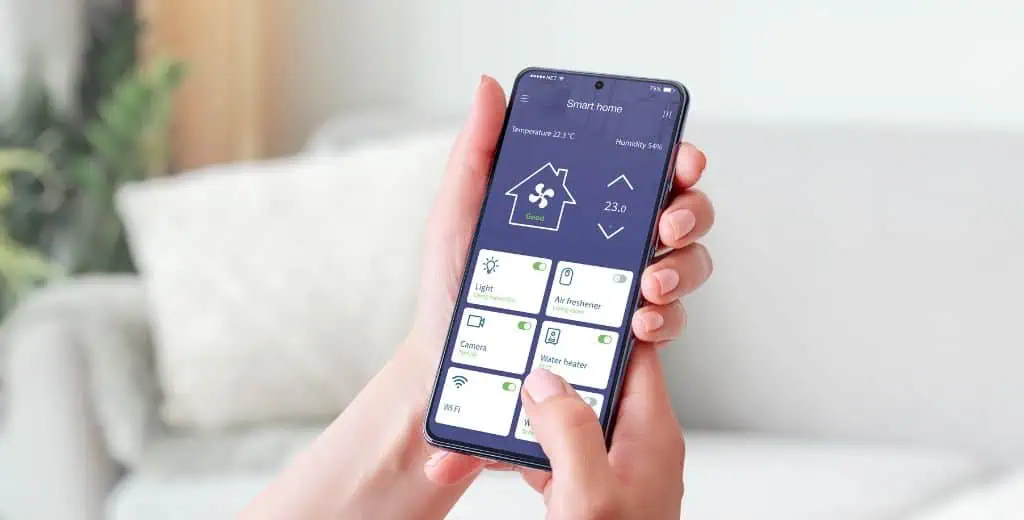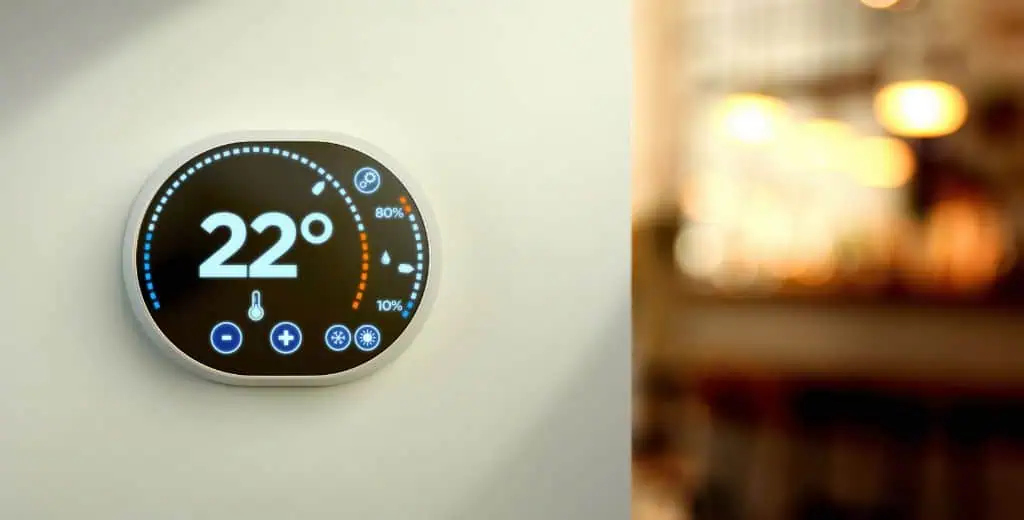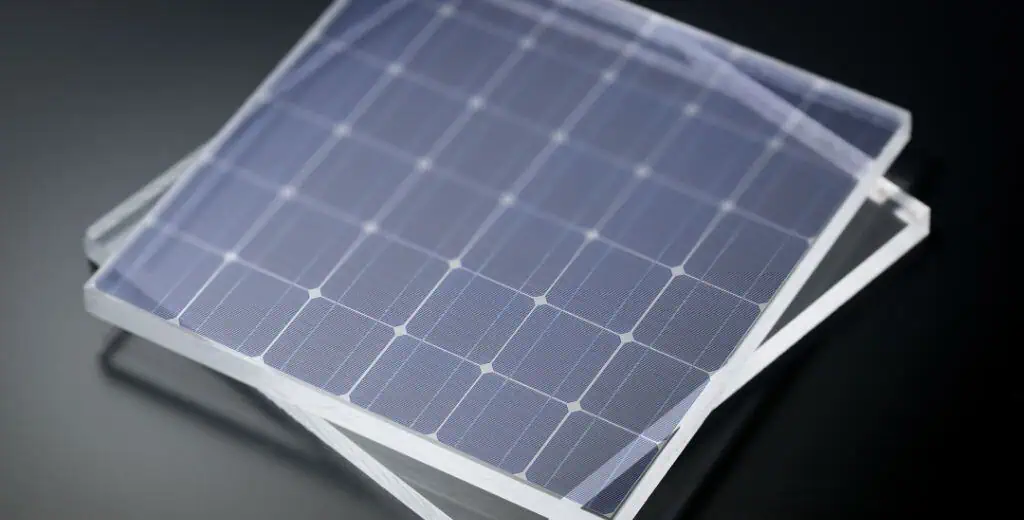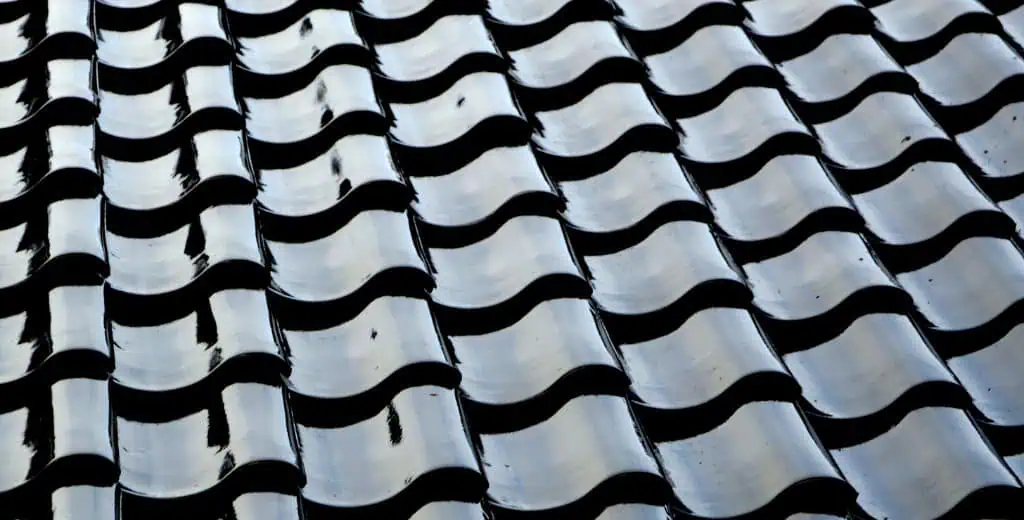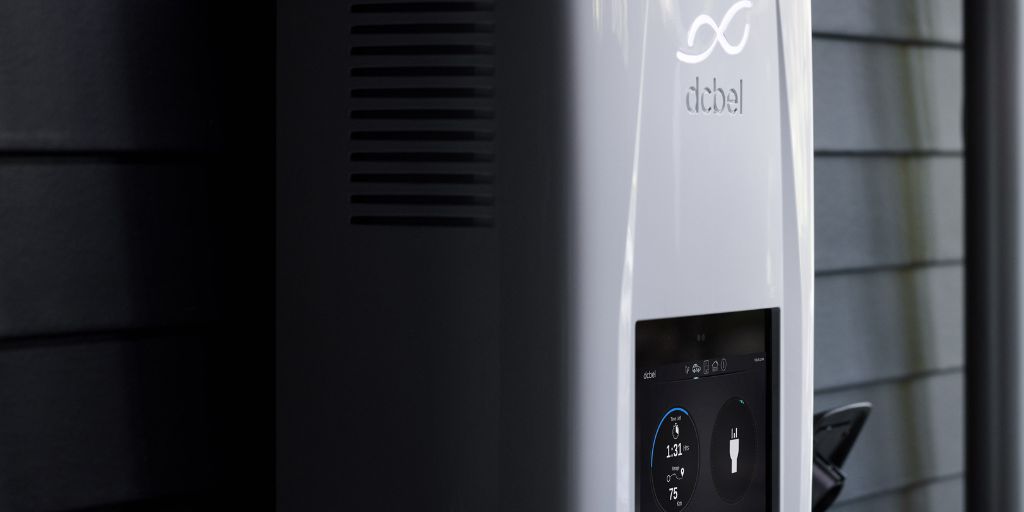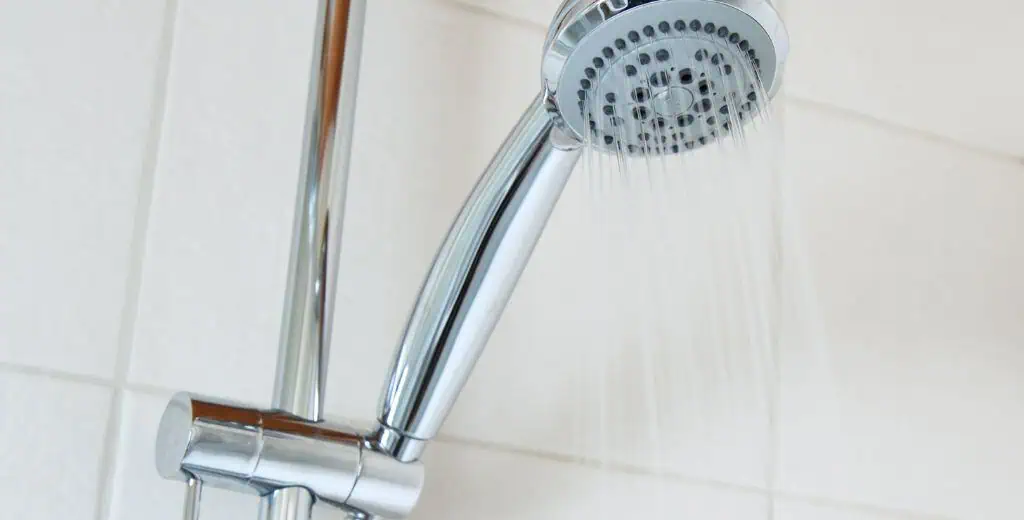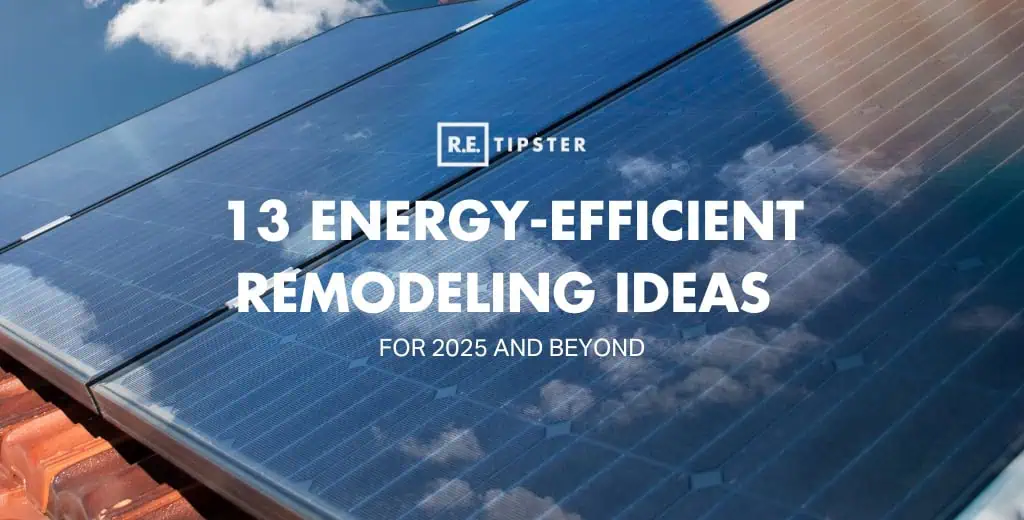
The rising cost of energy is shocking, and oil prices are at an all-time high. With power at the top of everyone's minds, it's a wonderful time to consider energy-efficient remodeling ideas.
The cool thing is you don't have to break the bank to do them, especially if you're already mired in mounting energy costs. For property investors looking to maximize their rental returns, these improvements can be particularly valuable as part of their overall investment strategy.
Take a look at the 13 most popular power-saving options for both homeowners and real estate investors below.
1. AI-Powered Smart Homes
By now, you've seen the light bulb reinvented several times over. From filaments to fluorescents to light-emitting diodes, there are all kinds of lights for all your needs—but today's solutions go far beyond simple LED bulbs.
Modern smart lighting systems are now part of comprehensive ENERGY STAR-certified Smart Home Energy Management Systems (SHEMS). These systems combine wireless technology with AI-driven controls, allowing homeowners to not just control lights through smartphones but to automatically optimize their entire home's energy usage. The corresponding apps can learn from your habits, automatically adjusting lighting based on occupancy patterns, natural light levels, and even your daily routines.
Smart lights mean you don't have to leave the couch to turn lights on (or off), as you can simply schedule them to work when you need them to. Even better, these systems can coordinate with other smart devices in your home, creating seamless automation that maximizes both convenience and energy savings.
2. Smart Climate Control
Digital thermostats with wireless connectivity are just the beginning of modern climate control.
Today's smart HVAC systems combine AI-powered thermostats with intelligent zoning and predictive technology. Like the previous generation of smart thermostats, they connect to your home network, allowing you to adjust settings remotely through smartphones or tablets. But now they go several steps further—these systems learn from your preferences and daily patterns, automatically optimizing temperature settings for both comfort and efficiency.
Even better, modern smart climate control can monitor indoor air quality, adjust humidity levels, and work with HVAC zoning systems to regulate heating and cooling per room. The systems can even predict when you'll return home and prepare your preferred temperature in advance, all while using the minimum amount of energy necessary.
Walking to the hallway to crank up the heat or kick on the cooling isn't just becoming a thing of the past—it's being replaced by intelligent climate management that thinks ahead.
3. Dynamic Multi-Pane Windows
Who says only the operating system gets updated? The actual, physical windows in your home have seen some major updates over the last few decades, and 2025's versions are smarter than ever.
While triple-pane windows continue to lead in basic insulation, today's window types do much more than just separate inside from outside. Modern electrochromic technology allows windows to automatically adjust their tint based on sunlight intensity and indoor temperature needs, potentially cutting cooling costs by up to 75%. They’re similar to transition lenses on eyewear, but ones that can be controlled by your smart home system or adjusted automatically based on AI-learned patterns of your daily routine.
Some windows even come with built-in temperature sensors or light sensors that trigger tinting automatically without requiring any power. The latest transparent solar cells integrated into the glass can generate their own electricity while maintaining visibility, using special organic molecules to capture ultraviolet and infrared light while letting visible light pass through.
For those concerned about bulk, new thin triple- and quad-pane designs offer superior insulation without requiring major frame modifications—perfect for upgrading existing homes. When integrated with your home's energy management system, these smart windows can coordinate with your HVAC to optimize both natural lighting and temperature control, potentially reducing overall energy use by up to 25%.
4. Advanced Exterior Coatings
Being strategic with exterior finishes helps manage indoor climate control more than ever. Thanks to advances in material science, today's exterior coatings go beyond simple paint color choices to provide active temperature management.
Advanced infrared-reflective pigments have revolutionized how colors interact with heat. These clever materials can absorb visible light to maintain a dark appearance while reflecting the sun's infrared radiation, which carries about 53% of solar energy.
For example, while traditional black paint only reflects about 5% of solar energy, new IR-reflective black coatings can reflect up to 47%—nearly ten times more! This means you can finally have that sleek, dark exterior without the heat penalty.
Even more impressive are temperature-responsive coatings that automatically adjust their heat-reflecting properties. These coatings reflect more heat when it's hot and absorb more when it's cold, helping maintain comfortable indoor temperatures year-round.
These smart coatings help passively regulate your home's temperature, reducing the workload on your HVAC system throughout the year. With less heat to manage in summer and better heat retention in winter, your power requirements drop significantly—all while maintaining the exact exterior look you want.
5. Climate-Conscious Landscaping
Like advanced exterior coatings, strategic landscaping can significantly affect your home's energy efficiency. Modern approaches now combine traditional wisdom with climate modeling technology for optimal results.
The classic solution of planting trees still works wonderfully, but they can take time to grow before providing significant shade. For immediate impact, climate modeling can now help identify the perfect placement of fast-growing shrubs and shade structures to maximize energy savings. These programs analyze your home's orientation, local climate patterns, and sun exposure throughout the year to create the most effective landscaping strategy.
Landscaping experts also use sophisticated landscaping software to visualize and plan projects, showing you exactly how your property's microclimate will evolve as plants mature. This technology helps create the most strategic approach to using nature to your (cool) advantage while ensuring your landscape remains resilient to changing climate conditions.
Finally, modern landscaping also incorporates smart irrigation systems and special practices, such as xeriscaping, that adjust based on weather forecasts and soil moisture levels. Drought-resistant plants selected through climate-zone analysis provide shade while minimizing water consumption.
If you need more ideas, read our guide on easy, inexpensive ways to boost property value (which includes landscaping ideas).
6. Next-Gen Roofing Systems
Green roofs have evolved far beyond simple plant layers. Today's modular systems arrive as pre-fabricated units that make installation as easy as putting together building blocks. These new systems integrate with building management technology to optimize water usage and plant health automatically, while innovative lightweight materials mean more homes can support living roofs.
The result? A smart, efficient system capable of reducing energy use by up to 25% while managing stormwater and fighting the urban heat island effect.
For those preferring traditional roofing, new photocatalytic coatings allow cool roofs to self-clean, maintaining peak reflectivity year after year. Even better, advanced cool pigments now offer wider color options while still reflecting heat. These innovations help your roof stay cooler, last longer, and look good!
The improvements don't stop at the roof line. Advanced framing materials like structural insulated panels reduce thermal bridging—those paths where heat sneaks through your walls. Double-stud wall construction creates extra-wide spaces for insulation, turning your home's entire envelope into a superior thermal barrier.
That said, the local climate, roof type, and remodeling budget will influence the best combination of these technologies for your home.
7. Building-Integrated Solar Solutions
Solar panels are to your roofs as a top hat is to your head—but today's solar solutions are more like a perfectly tailored outfit than just an accessory.
New building-integrated photovoltaics (BIPV) seamlessly weave solar technology into your home's very structure. Instead of mounting traditional panels on top of your roof, you can now choose from solar materials that double as regular building elements.
And the new breed of solar cells, perovskite, are achieving remarkable efficiency rates exceeding 30%—a significant leap forward from traditional solar cells. When combined with conventional silicon cells in tandem arrangements, these systems are pushing the boundaries of what's possible in residential solar power.
Yet perhaps most exciting are the new transparent solar panels that can turn windows into power generators. These clever devices absorb ultraviolet and infrared light while letting visible light pass through, essentially making them invisible power plants. Current transparent panels achieve around 1% to 3% efficiency, but University of Michigan researchers have recently achieved 8% efficiency with 43% transparency.
Imagine your windows, skylights, and even specialty door types all contributing to your home's energy production!
Remember to take advantage of current incentives that offset the cost of installing these solar solutions. Some providers also offer credits for surplus energy generation. You can even make money off of solar, as we discussed in this interview with Dakota Malone:
With these advanced technologies, most homeowners now hit the break-even point with their solar investment in roughly five to six years—significantly faster than in previous years.
8. Intelligent Home Batteries
It seems like everything these days has a battery. Why should our homes be any different? And in 2025, home batteries are smarter and more capable than ever, thanks to breakthroughs in battery technology.
Today's home energy storage systems don't just store power; they're active participants in your home's energy management. The latest solid-state and advanced lithium iron phosphate (LFP or LiFePO4) batteries offer higher energy density, longer lifespans, and safer operation than their predecessors. Some systems even use innovative flow batteries, perfect for storing large amounts of energy for extended periods.
These intelligent batteries can predict the best times to charge and discharge based on your energy usage patterns, weather forecasts, and electricity rates. AI-driven systems learn your household's routine and automatically optimize power flow—charging when electricity is cheapest and deploying stored energy during peak rate periods.
Even better, many systems can now participate in Virtual Power Plant programs, allowing you to earn credits by supporting grid stability during high-demand periods.
When paired with solar systems or other renewable sources, smart batteries create a comprehensive energy ecosystem that can significantly reduce your dependence on the grid.
9. V2H Home EV Charging
With automakers rapidly transitioning to electric vehicles, having a home charging solution isn't just convenient—it's becoming essential. And today's charging systems are far more sophisticated than simple power outlets.
Sure, you can always use a charging station while shopping downtown, but modern home charging offers unique advantages. Smart EV chargers now use dynamic load balancing to integrate with your home's energy management system, optimizing charging times based on electricity rates and solar production.
Some systems even allow your car's battery to act as an extension of your home energy storage, providing backup power during outages or helping reduce peak-time electricity costs. This two-way charging capability, known as vehicle-to-home (V2H), transforms your car into an active participant in your home's energy ecosystem.
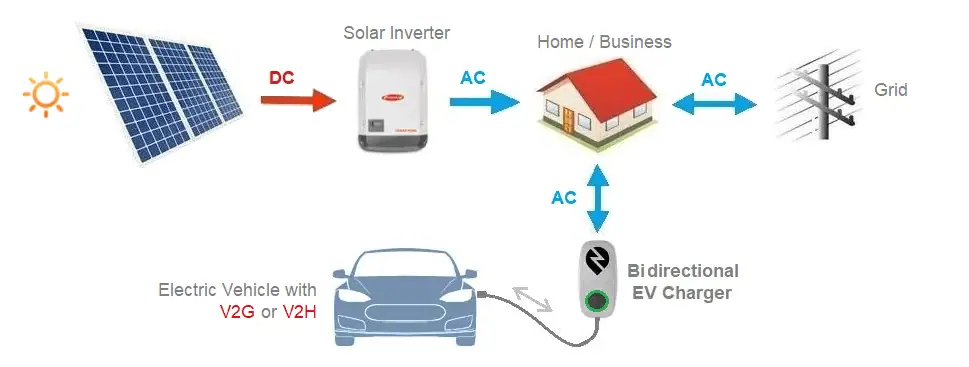
Infographic from Clean Energy Reviews
Making the transition from fossil fuels to electric vehicles easier just got smarter. Whether you already own an EV or are planning for the future, a smart home charging station helps you maximize both convenience and energy efficiency.
10. Energy Recovery Ventilation (ERV)
Fresh air is essential for a healthy home, but opening windows isn't always the most energy-efficient solution. Modern energy recovery ventilation (ERV) systems, combined with smart air quality monitoring, offer a better way.
An ERV system operates on a simple principle. They extract heat and moisture from outgoing air and transfer it to incoming fresh air. This process occurs through a heat exchanger, typically a rotating wheel or fixed plate. This means cutting the energy required for heating or cooling because it doesn’t have to work as hard to condition the new air.
Plus, today's ERV systems work hand-in-hand with smart indoor air quality (IAQ) monitors to optimize ventilation. These monitors continuously track pollutants, CO2, humidity, and other factors, automatically adjusting ventilation rates as needed. Having a party? The system detects rising CO2 levels and increases fresh air flow. Cooking dinner? It responds to kitchen odors and particulates. All this happens while maintaining energy efficiency.
11. Heat Pump Water Heaters
Water heating typically accounts for a significant chunk of home energy use, but modern heat pump water heaters are changing that equation.
Instead of generating heat directly like traditional water heaters, these smart systems work like a refrigerator in reverse—they capture heat from the surrounding air and use it to warm your water, making them two to three times more energy-efficient than conventional electric resistance water heaters.
The savings are impressive: homeowners can cut water heating costs by up to 60%, translating to annual savings of about $550 when switching from traditional electric models or $200 from gas water heaters.
Even better, today's models come with smart features that let you optimize performance based on your needs. Want to save more energy? Switch to economy mode. Need extra hot water for guests? There's a mode for that too. With smartphone integration, you can monitor and adjust your water heating from anywhere, while grid integration helps manage energy use during peak times.
The environmental impact is equally remarkable. Each unit saves about one ton of CO2 annually compared to gas water heaters—that's equivalent to planting 20 new trees. Over their lifetime, they can prevent 12 tons of CO2 emissions, the same as growing nearly 200 trees for a decade.
The best part? While the technology is sophisticated, using it isn't—you still get reliable hot water whenever you need it, just with a much smaller energy bill and carbon footprint.
12. Precision Temperature Management
The future of home temperature control combines several groundbreaking technologies that work together to create an incredibly efficient thermal envelope.
At the foundation level, Insulated Concrete Forms (ICFs) are revolutionizing home construction. These hollow foam blocks, filled with reinforced concrete, create an incredibly efficient barrier that can reduce energy costs by up to 70%. Beyond energy savings, ICFs provide superior sound insulation (allowing only one-eighth the sound transmission of traditional walls) and exceptional durability against extreme weather.
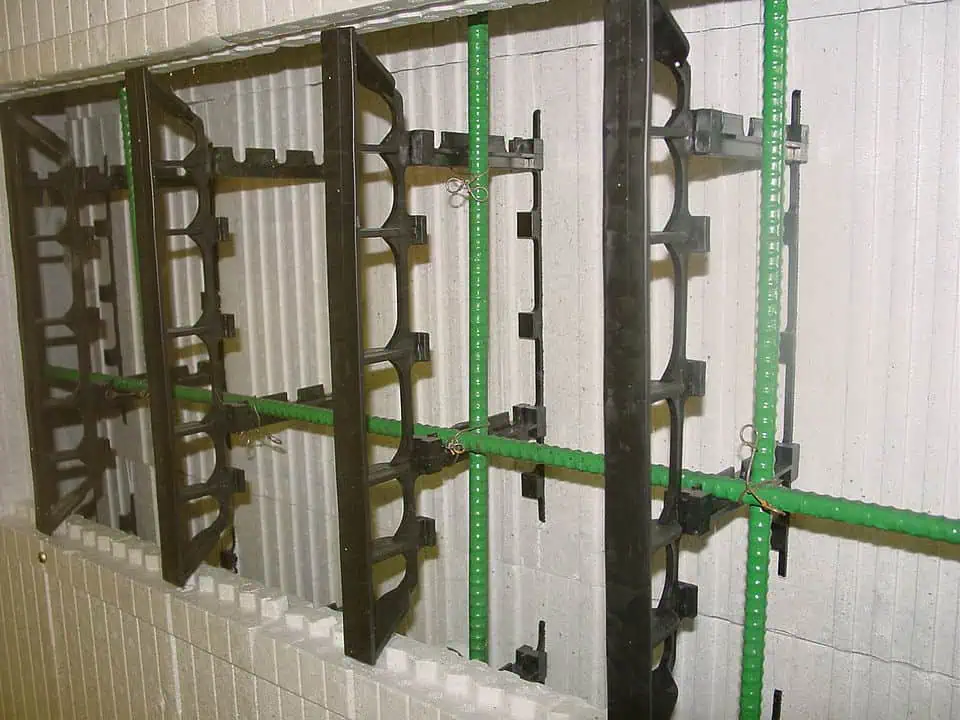
Photo By Kent Baxter, from Wikimedia Commons
Meanwhile, Phase Change Materials (PCMs) act as thermal batteries integrated into your walls and ceilings. These remarkable materials automatically absorb excess heat during hot days and release it when temperatures drop at night. PCMs are proven to reduce heating and cooling costs by up to 30%.
The latest addition to this thermal toolkit is radiative cooling panels. These innovative panels use special photonic structures to send heat directly into the sky through infrared radiation, reducing indoor temperatures by up to 5°C (9°F) without using any electricity.
A notable recent development is a passive cooling device that not only reflects thermal energy back to the sky but also collects water using gravity without requiring electricity. This system has shown promising results in arid environments, potentially doubling the rate of water collection compared to alternative atmospheric water harvesting technologies.
13. Water Recycling and Low-Flow Devices
Speaking of water, modern water management solutions combine low-flow fixtures with sophisticated recycling systems to dramatically reduce water use without sacrificing performance.
Low-flow fixtures are engineering marvels that feel anything but “low-flow.” These devices use clever tricks like aerators that mix air into the water stream, maintaining strong pressure while using significantly less water. Today's low-flow showerheads use 2.0 gallons per minute instead of 2.5, while modern toilets have slashed water use from 1.6 gallons per flush to just 1.28 or less—a far cry from the water-guzzling 7-gallon flushes of decades past.
For a deeper dive into selecting the right water-saving fixtures for your home while maximizing your return on investment, check out our guide on “How to Save Water and Boost Your Cash Flow With Better Plumbing Fixtures.”
The real game-changer, though, is greywater recycling. These systems capture water from sinks, showers, and washing machines that would typically go down the drain, treat it, and give it a second life for irrigation or toilet flushing. Advanced systems can recycle up to 85% of household water using a combination of sedimentation, flotation, and UV disinfection—all operating automatically with minimal maintenance.
The benefits stack up quickly: lower water bills, reduced energy costs for water heating, and a significantly smaller environmental footprint. A typical household can save up to 40,000 gallons of water annually through greywater recycling alone, while helping qualify for green building certifications and future-proofing against rising water costs.
Final Thoughts
Not all remodeling projects are made equal. Some remodeling jobs cost more than others and have a corresponding cost vs. value ratio.
However, any remodeling project that prioritizes energy efficiency is always a win-win for everybody involved. For homeowners, it lets them save energy costs; for investors, it helps future-proof the property for sale, increase its sale price, and trim overhead costs in rental units. Don’t believe us? Here’s a guide to making more money from rental income by investing in energy efficiency.
It does take a bit of time for these remodeling projects to pay for themselves, but when they do, you’d be glad you made the switch.
There are many different ways to improve energy efficiency other than these 13. How about you? What are your top 13 energy-efficient remodeling ideas?
(This blog post has been updated by the REtipster Editorial Team.)






